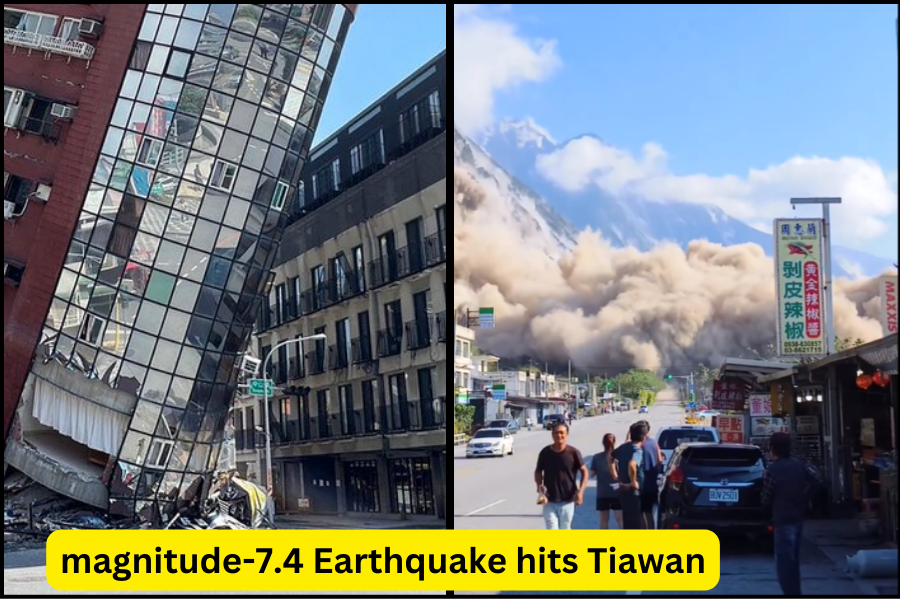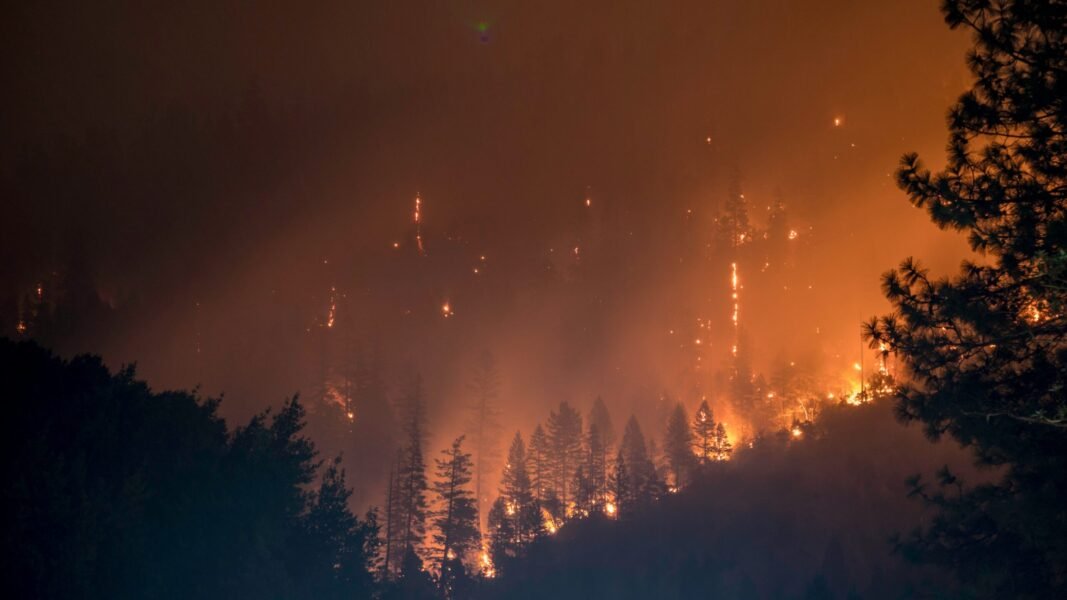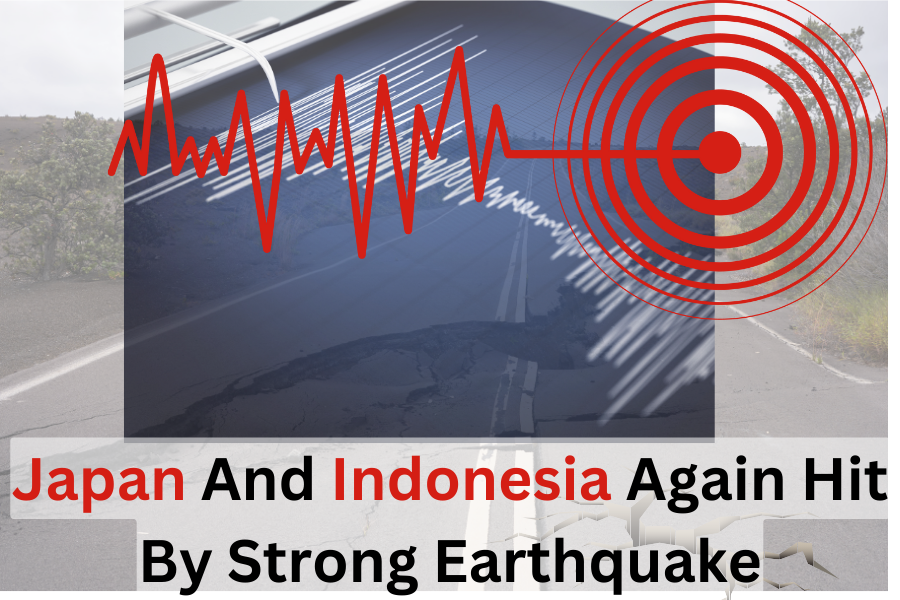Devastating 7.4 Magnitude Taiwan Earthquake Strikes Taiwan Areas: Casualties and Regional Impact
Posted on : April 4, 2024 By Santo

Taiwan Earthquake: On Wednesday morning, a powerful magnitude-7.4 earthquake struck Taiwan, with its epicenter located 18 kilometers south of Hualien City. The tremor, occurring just before 8:00 am local time (0000 GMT), resulted in significant devastation, claiming the lives of at least nine individuals and injuring over 1,000 others. The United States Geological Survey (USGS) reported the quake’s depth at 34.8 kilometers.
The impact was particularly severe due to widespread structural damage, with numerous buildings affected. Complicating rescue efforts were massive landslides triggered by the quake, rendering several areas inaccessible. Many individuals, including those trapped in tunnels within the island’s mountainous regions, remained unreachable.
Authorities issued tsunami warnings across Taiwan, Japan, and the Philippines, as a precautionary measure. Japan and the Philippines remained on high alert for potential tsunami waves. However, by 10:00 am (0200 GMT), the Pacific Tsunami Warning Center indicated that the threat had diminished.
In the aftermath of the earthquake, transportation services in Taiwan, such as the metro, experienced temporary disruptions. Local residents were advised by borough chiefs to inspect their premises for potential gas leaks.
As news of the devastating earthquake in Taiwan spread, the international community mobilized to offer assistance and support to the affected region. Countries such as the United States, Japan, and Australia pledged their support, providing aid in the form of search and rescue teams, medical supplies, and financial assistance. The United Nations also expressed its solidarity with Taiwan, offering its resources and expertise to help with the recovery and rebuilding efforts.
Table of Contents
Impact Beyond Taiwan
The impact of the earthquake was not limited to Taiwan alone. The tremors were felt in neighboring countries, causing panic and fear among the residents. In Japan, where memories of the devastating 2011 earthquake and tsunami are still fresh, people were reminded of the fragility of their own infrastructure and the potential for similar disasters. The government quickly issued safety advisories and conducted inspections of critical infrastructure to ensure their stability.
Taiwan earthquake: Search and Rescue Operations
Within Taiwan, the immediate focus was on search and rescue operations. Emergency response teams worked tirelessly to locate and extract survivors from the rubble. The scale of the destruction made their task even more challenging, as collapsed buildings and landslides obstructed access to affected areas. Despite the difficulties, the rescuers remained determined, driven by the hope of finding survivors and reuniting them with their loved ones.
As the days passed, the focus shifted from rescue to recovery. The extent of the damage became clearer, revealing the enormity of the task ahead. Entire communities were displaced, with homes and livelihoods destroyed. The government, in collaboration with international organizations and non-governmental agencies, initiated efforts to provide temporary shelters, food, and clean water to those affected.
Long-term Rebuilding Process
Rebuilding would be a long and arduous process. The structural integrity of buildings across the region needed to be assessed, and damaged infrastructure repaired or replaced. The psychological impact on survivors also needed to be addressed, as many would be dealing with trauma and loss. Counseling services and support networks were established to provide emotional assistance to those in need.
The earthquake in Taiwan served as a stark reminder of the unpredictable nature of natural disasters and the importance of preparedness. Governments and communities around the world were prompted to reevaluate their own disaster management strategies and invest in infrastructure that could withstand such events. Lessons learned from Taiwan’s experience would undoubtedly inform future disaster response efforts and contribute to a more resilient global community.
Explanation of Japan’s High Frequency of Earthquakes
In addition to the convergence of major tectonic plates and the mountainous terrain, another factor that contributes to Japan’s high frequency of earthquakes is its location along the Pacific Ring of Fire. The Pacific Ring of Fire is a horseshoe-shaped area in the Pacific Ocean where a large number of earthquakes and volcanic eruptions occur. This is because the Ring of Fire is where several tectonic plates meet and interact, resulting in intense seismic activity.
The Pacific Ring of Fire

The Pacific Ring of Fire is home to approximately 75% of the world’s active volcanoes and is responsible for about 90% of the world’s earthquakes. This region stretches from the western coast of North and South America, through the islands of the Pacific, and to the eastern coast of Asia. Japan, being located on the eastern coast of Asia, is directly affected by the seismic activity along the Ring of Fire.
Tectonic Plate Movement and Seismic Activity
The constant movement and interaction of the tectonic plates in the Pacific Ring of Fire create immense pressure and stress along the boundaries. When this stress becomes too great, it is released in the form of an earthquake. Japan, being situated at the convergence of several of these plates, experiences a high level of seismic activity.
Subduction Zones and Earthquakes
Furthermore, the specific type of plate boundary that exists in Japan, known as a subduction zone, also contributes to the frequency and intensity of earthquakes. A subduction zone occurs when one tectonic plate is forced beneath another. In the case of Japan, the Pacific Plate is subducting beneath the Eurasian Plate. This subduction process creates a zone of intense pressure and friction, which can lead to powerful earthquakes.
Japan’s Earthquake Preparedness
It is important to note that while Japan experiences a high number of earthquakes, the country has also developed advanced earthquake monitoring and early warning systems. These systems allow for the detection of seismic activity and the issuance of warnings to the public, giving people valuable time to take cover or evacuate if necessary. Additionally, Japan has implemented strict building codes and engineering standards to ensure that structures are designed to withstand earthquakes.
Continued Challenges and Commitment to Resilience
Despite these measures, the frequency and intensity of earthquakes in Japan continue to pose a significant challenge. The country remains committed to ongoing research and development in earthquake science and engineering, with the goal of further improving preparedness and resilience in the face of seismic events.
Share this articlePosted on : April 4, 2024 By Santo
Join Our Club

"Stay Informed, Stay Ahead – Join Our Club Today!"



















